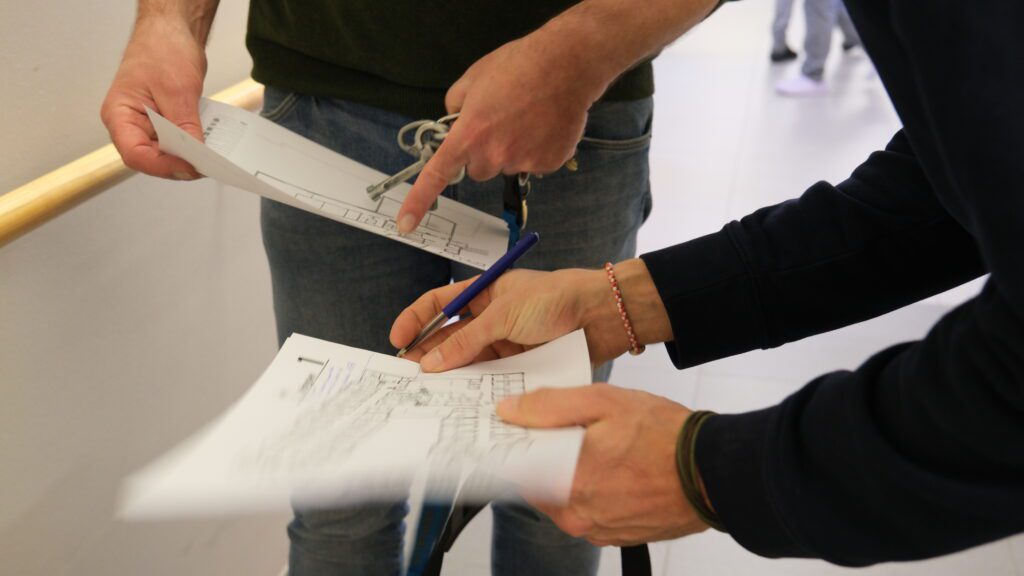E.U. proposed to review the current version of the ambient air quality directive
The European Commission proposed a reviewed version of the ambient air quality directive that was in force since 2008. The main scope of the revision is to develop a new set of stricter threshold limits which will be used from 2030 and align the vision with the WHO global air quality guidelines updated in 2021. Moreover, the new threshold limits aim to accelerate and reinforce both zero air pollution and zero carbon emissions targets.
The proposed revision mainly targets reductions of particulate matter and nitrogen dioxide levels identically to the new WHO limits. For instance, the new proposal includes a sharp reduction of annual mean PM2.5 and PM10 concentrations. The proposed PM2.5 concentration limit will drop by more than 100% from 25 µg/m3 to 10 µg/m3. Identically, the PM10 threshold limit will be tightened by 100% from 40 µg/m3 to 20 µg/m3. Finally, nitrogen dioxide’s annual concentration limit will be identically reduced from 40 µg/m3 to 20 µg/m3. The overall comparison of the proposed values and the current threshold limits is given in the table below.

Table 1. Current air quality threshold limits and the proposed values
In addition to the stricter threshold limits, the new proposal includes reductions in the number of days/hours when the concentration of a certain pollutant can exceed certain levels. For instance, the current directive set a 24-hours mean for PM10 of 50 µg/m3 and not to be exceeded more than 35 days/year. On the other hand, in the new proposal, the new 24-hour mean for PM10 is reduced to 40 µg/m3 and on top of it, it should not exceed the limit of more than 18 days per year.
As was said at the beginning of the article, the new proposal was developed to align with the new WHO air quality threshold limit update. However, it is important to mention that most of the values proposed by the WHO organisation are very ambitious and in some cases are not realistic. On the other hand, the new proposal from the European Commission seems to be more realistic and achievable in the coming future. The comparison of the limits from the European Commission and the WHO is given in the table below.

Table 2. Comparison of the limits from the European Commission and the WHO
In conclusion, Airscan believes that the new guidelines will be warmly welcomed by governmental agencies and NGOs of European Union. Only collective actions can make the air clean in Europe and also around the world. Finally, an extension of the air quality monitoring network in all countries and regions of EU is the first step to be taken by governments in this important topic.
Learned something? Feel free to share.

School air quality: protect children today | Airscan
Children are more vulnerable to air pollution at school. Key Brussels data, effective measures (school streets, LEZ), and Airscan solutions: monitoring, smart ventilation, certification‑ready reporting.

Airscan Completes Three WELL Certifications in September as Accredited WELL Performance Testing Provider
Back Introduction Brussels, September 2025 – Airscan is proud to announce the successful completion of three WELL Certifications in Belgium this September, reaffirming its role

Ventilation Audits in Flanders Care Homes: Airscan’s 40‑Site Study on Indoor Air Quality
Airscan’s audit of 40 Flemish care homes uncovered critical ventilation issues: nearly 1 in 4 rooms exceeded safe CO₂ limits. With VEB and VIPA support, the study offers data-driven solutions to protect residents’ health.
